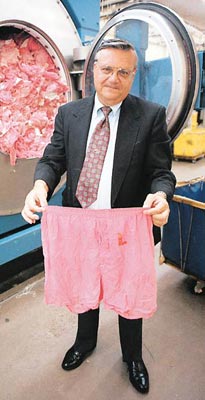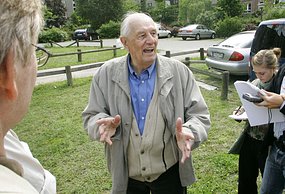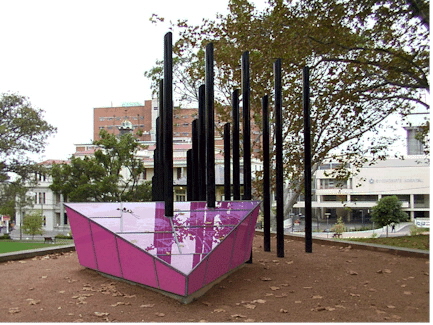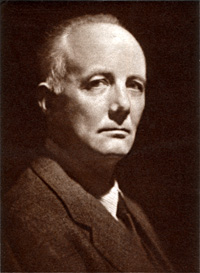Alex Constantine - December 20, 2011
"Many people don't see the problem," said Florian Kröckel, 32, from Halberstadt in eastern Germany, where violence against those seen as not "German enough" occurred often. "They don't want to see the problem." Wagner was blunt: "(Right-wing crime) has been hushed-up. Politicians want Germany to make a good impression on other countries."
By Ruby Russell, Special for USA TODA
In between, seven more people — mostly Turks — were murdered across Germany in killings that police had surmised were the work of drug syndicates, money launderers or homicidal relatives. Law enforcement appeared to ignore the possibility of right-wing terrorism, in spite of Germany's legacy of decades of periodic violence against minorities by neo-Nazis.
But the recent discovery that the killings were the work of neo-Nazis has led to soul searching and shame among German officials and rage in the Turkish-German community.
"If eight or nine Germans had been killed in Turkey with the same weapon and the murderers not found for years, Europeans would be up in arms," Elif Kubasik, whose husband Mehmet Kubasik was murdered in Dortmund in 2006, told Turkish newspaper Sabah.
Worse, the neo-Nazis accused of the crimes were known to law enforcement as early as the 1990s on suspicion of committing racist acts and had contacts with informants working for Germany's equivalent of the FBI, the BfV, according to the agency.
"I am not surprised that right extremists are killing people in Germany," said former police officer Bernd Wagner, who left the force in 1991 and set up an organization that counsels neo-Nazis to reject their ways. " They would have seen this coming had they read the writing on the wall."
Uwe Mundlos, Uwe Böhnhardt and Beate Zschäpe were friends who started out young on their racist careers in the mid-1990s. As a teen, Böhnhardt hung a mannequin over a bridge with a Star of David on it, according to German media reports. By 1998, all three were wanted by police for plotting bomb attacks.
The two men and possibly others, such as Zschäpe, committed their first murder Sept. 9, 2000, shooting Simsek eight times in Nuremberg, states the Federal Prosecutor's Office. Eight more would die over the next six years, but it wasn't until the fifth execution that police determined the deaths were connected.
The gun used to kill Yunus Turgut in 2004 as he opened his kebab shop in Rostock in eastern Germany was the same Czech pistol used in the previous four murders. But still the killers were not caught. Two years and four victims later, the killings ceased and the case went quiet until last month.
On Nov. 4, a bank in the eastern town of Eisenach was robbed by two masked men. As police raced to find the robbers they came across a burned out camper van with two corpses inside. Mundlos, 38, had shot Böhnhardt, 34, and killed himself, says the Federal Criminal Police Office, or BKA. .
Zschäpe, 36, fled after allegedly setting fire to the apartment the three shared in the eastern German town of Zwickau. She turned herself in to police a few days later. Among the charred remains investigators found guns, including the Ceska pistol used in the murders. They also found DVDs in which the two men say they were part of the National Socialist Underground and brag about the murders. They called the killing spree the "Germany Tour: 9 Turks shot," though one of the victims was of Greek heritage.
Zschäpe is awaiting trial on charges of arson and terrorism. Her lawyer has said prosecutors do not have enough evidence for the terrorism charge.
Meanwhile there have been near daily revelations in the German news media that the trio had been under surveillance by police and domestic intelligence since the mid-1990s but were never viewed as suspects in the killings for more than a dozen years.
BKA head Jörg Ziercke said police had to follow all leads including possible involvement of drugs and gambling, and insisted there had been no indication at the time of right-wing extremism. And the BfV has admitted that one of its agents was seen at the Internet café where Yozgat worked on the day he was killed.
"There seems to have been people who knew about the whole thing and the striking thing is that the (intelligence agency) had people in there and they didn't (figure) it out," said Andreas Hieronymus of the Hamburg-based Institute of Migration and Racism Research.
Kenan Kolat, chairman of the Muslim Community in Germany, said he believes police have failed to see that racism was at the root of the violence because they did not want to dredge up Germany's Nazi past. Others say the failure was part of a reluctance by leaders to tarnish Germany's image abroad.
"Many people don't see the problem," said Florian Kröckel, 32, from Halberstadt in eastern Germany, where violence against those seen as not "German enough" occurred often. "They don't want to see the problem."
Wagner was blunt: "(Right-wing crime) has been hushed-up. Politicians want Germany to make a good impression on other countries."







